General description
A smart office lighting solution combines solid state lighting, intelligence, networking and sensing to create an ecosystem that can learn from its environment and adapt lighting to people and spaces, allowing occupant satisfaction, organizational productivity and energy efficiency to be maximized. The office environment is a strategic asset that can make or break a business. It must satisfy a variety of human needs so people working there can execute, collaborate, create, innovate, strategize and socialize in the most favorable way possible. At the same time, struggles to comply with ever-tightening energy codes never stop. In office buildings, lighting is a critical factor that may enhance or degrade space utilization, task performance, environmental satisfaction, occupant health and well-being, and energy effectiveness.
Office lighting should support the work experience by providing an attractive, responsive, productive and sustainable environment. Optimum visual conditions must exist to ensure visual performance and enhance the work space. From an operations viewpoint, the energy cost and maintenance expenses tend to get the most attention. It is paramount to reduce the ownership cost of the lighting systems to a minimum.
Office lighting design
Designing office lighting can be a challenge. Large office buildings or other large commercial facilities usually have different types of spaces that coexist under one roof. Large open-plan spaces are of most prominence in these buildings. Other functional spaces may include cell offices, conference or meeting rooms, showrooms, restrooms, cafeterias, auditoriums, and public areas (reception area, entrance lobbies, hallways, corridors). Needless to say, lighting needs to be differentiated for each functional spaces and separate circuit control is necessary.
Today’s offices are often dynamic in nature. Beside flexible room layouts and multiple uses of a space, office lighting must address individual occupant needs. Such needs may be visual and can be taken care of through simple dimming or by composing lighting in layers. A layered lighting scheme uses ambient lighting to provide general illumination of a large space, task lighting to support visual performance, and accent lighting to create visual interests. Office lighting should also take into account the emotional and biological needs of humans. The spectrum and intensity of light should be dynamically controllable to evoke particular physiological responses that support occupant health, well-being and performance.
The office lighting plan, therefore, needs to be flexible adaptable to the varying needs of different spaces, different tasks, different users in the same space, and an individual’s different physiological and psychological processes.
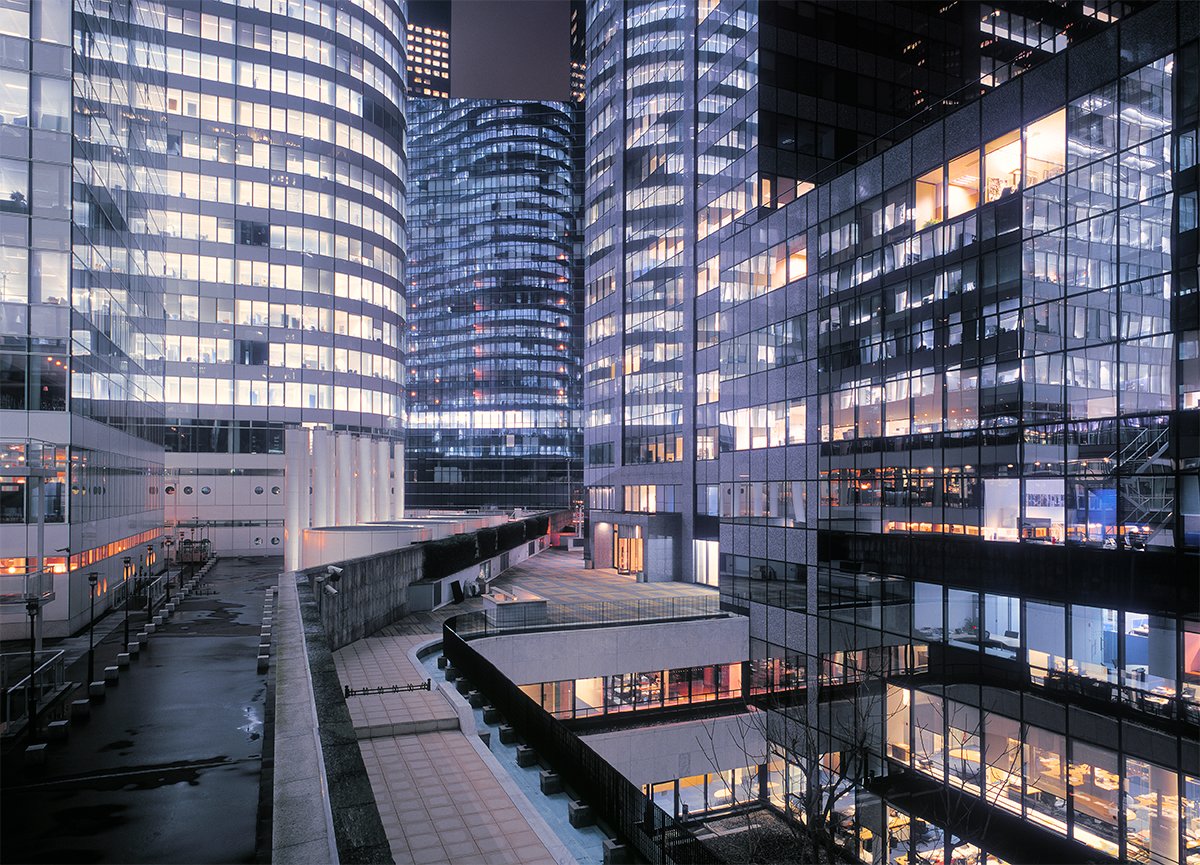
Complete control over the lighting infrastructure
It’s here that smart lighting plays a decisive role. Intelligent, networked lighting provides the opportunity to implement a holistic approach to office lighting design, which enables complete control over the lighting infrastructure while incorporating flexibility to facilitate lighting individualization for maximally optimized work environments and energy use.
Smart office lighting is characterized with context awareness which is obtained by leveraging data collected from occupancy, daylight or other environmental sensors. The context can subsequently be used to create control logic. The logic of making control decisions can also be explicitly programmed or based on insights pulled from building automation systems or online services.
Smart office lights also accept control inputs from local control devices as well as IP-enabled control devices such as smartphones and tablets. Through a combination of control strategies such as occupancy detection, daylight harvesting, time scheduling, variable load shedding and corridor hold, smart lighting allows more punctual control of the lighting infrastructure to achieve aggressive energy reduction.
The concept of smart lighting is constantly evolving. Beyond promoting good vision and providing a comfortable, attractive environment, smart lighting is harnessed to provide human centric lighting (HCL) which requires the spectral composition of this artificial light as well as its intensity to be oriented to the natural course of daylight. Light decisively influences the phase and amplitude of human circadian rhythms which in turn modulate the biological processes in our body. HCL is designed to exert a positive biological effect on the human body, thereby enhancing physiological health and neurobehavioral functioning as well as concentration, alertness and performance in workplaces.
LED lighting unlocks far-reaching potentials to deliver value
Solid state lighting based on LED technology is at the heart of the technological transformation with respect to smart, connected, intelligent, and adaptive office lighting. LED lighting established the technology’s supremacy over its rivals by exploiting the electroluminescence effect of semiconductors. LEDs are direct band semiconductor devices composed of a p-junction, a multi-quantum well (MQW) active layer, and an n-junction. When the p-n junction is biased in the forward direction, electrons in the n-junction and holes injected from the p-junction recombine in the active region to release photons in the visible wavelength range. The high quantum efficiency of electroluminescence in direct band gap semiconductors allows the wavelength shifted white LEDs to deliver a luminous efficacy that exceeds that of incandescent, halogen and fluorescent lamps by a wide margin.
Semiconductor-based lighting offers significant improvement over legacy light sources in various other aspects such as lifespan, durability and design freedom. Nevertheless, what is more thrilling is the superior controllability enabled by LED technology. Luminously, LEDs can produce light at any intensity. Spectrally, LEDs can be designed to transport electromagnetic radiation of all wavelengths. Not only can these light sources be engineered to produce almost any fixed spectrum of visible light, multiple LED primaries can be individually dimmed to enable a dynamic mix of many different wavelengths. This ability to dynamically tune the spectrum of the emitted light, combined with instantaneous control over a full range of intensity, provides the ability to deliver tunable white lighting, through which the HCL concept is implemented. Since LEDs are inherently controllable, they can be operated as electronic devices and facilitate the development of digitally controllable lighting products.

Data-driven intelligence
The digital nature of LED lighting and its unique capabilities open up a huge new range of possibilities. With unprecedented controllability, LED lighting is poised to unlock the full potential of advanced sensors and controls. The LED drivers that regulate all behaviors of LEDs can be integrated with processors. Leveraging data streams, algorithms and analytics, the embedded processor can operate the LED driver to implement sophisticated control strategies. However, an intelligent light cannot be equated with a smart light unless it is able to communicate.
Connected lighting not only allows for remote control, but also enables data exchange between smart nodes. Being part of a larger networked system makes it possible for connected LED lights to collect data from a larger pool and variety of sources and turn them into actionable insights. Data communication between smart nodes (lights, thermostats, occupancy sensors, daylight sensors, security elements, HVAC controllers, door locks) across building management systems expands the context of environmental interpretation beyond lighting networks. The data-driven intelligence can be harvested to optimize the building environment for a more productive, efficient and sustainable office.
To enable data exchange for greater control of products, real time monitoring and quicker responses to problems, a digital protocol that supports two-way (bi-directional) communication should be in place. This two-way connectivity can be deployed using wired or wireless communication technologies.
Power over Ethernet (PoE)
Power over Ethernet (PoE) is a wired implementation of two-way communication network. In a PoE network, a single Ethernet cable is used as the artery to provide low-voltage DC power and enable network communication. Carrying power and data over a single cable reduces the cost of wiring systems. The PoE connection allows the lighting network to smoothly integrate with IP-based enterprise local area networks, hence the connected LED lights and other power devices are provided with the ability to perform reliable and high-bandwidth communications offered the Ethernet infrastructure.
LEDs run natively on low-voltage DC power which is readily distributed by Ethernet cables over a PoE network. The absence of AC-DC power-conversion stage in LED drivers translates to higher power efficiency of PoE systems when compared with lined-powered LED systems. In a PoE configuration, a CAT5e or CAT6 Ethernet cable connects each LED to a standard Power-over-Ethernet 802.3at (PoE+) switch or Cisco’s Universal Power Over Ethernet (UPOE) switches. The LED fixture is assigned its own IP address, allowing the fixture to be individually addressable. The LED luminaires or driver typically constitutes a direct PoE load. A direct PoE load can provide power and two-way communication to one or more indirect PoE loads which can include photosensors, motion sensors, wall-box dimmers, etc. A PoE controller, often referred to as a gateway, is connected to one or more networked PoE switches and perform energy management functions.
Wireless connectivity
Wired networking is essentially deficient in flexibility required to support layout or business changes, although PoE lighting provides high data bandwidth, minimizes power conversion loss, offers control sophistication, and eliminates the need for traditional electrical cabling and the associated electrician labor costs. Very few existing office lighting installations have PoE connection to the massive number of light fixtures. The vast majority of office lighting installations worldwide are retrofit projects where large renovations of offices to have Ethernet cable running to the light fixtures are infeasible. In contrast, wireless networking of light fixtures requires no changes to the infrastructure and can accommodate any changes in lighting layouts. The accelerating use of wireless network technology is a megatrend because it addresses the barriers prohibiting wider adoption of smart lighting.
Wireless communication is accomplished by sending modulated radio signals through the air. Wireless office lighting controls typically employ short to medium range radio solutions (with signal range no greater than 100 meters) that operate in the industrial, scientific and medical (ISM) radio bands. Wi-Fi, Bluetooth Smart, Bluetooth Mesh, Zigbee, Thread, Z-Wave and EnOcean networks operate in these bands. They use either a centralized connection topology (as in a star network) or distributed connection topology (such as a mesh network). The ubiquitously present Wi-Fi is a star network in which the hub is the central point of all communications. The star topology is not suited to large lighting networks because it lacks scalability, interoperability and reliability. Mesh networking, which does not come with these deficiencies of star networks, logically becomes the topology of choice for networked office lighting.

Mesh networking
A mesh network is a communications architecture where each node may act as an independent router and can communicate to a number of surrounding nodes. At least two pathways exist for each node to communicate with a controller. The built-in redundancy of having multiple pathways available lends a high level of reliability and robustness to the mesh network. The mesh architecture is self-healing in the sense that data is automatically rerouted through other nodes when one node breaks down. Mesh networks are highly scalable since the nodes can be interconnected in any number within the limit defined by the network capacity.
Mesh networking technologies that have been getting the most attention are ZigBee and Bluetooth Mesh.
ZigBee operates on IEEE 802.15.4 radios. This packet-based radio protocol supports a data rate of up to 250 kbps and networks of up to 64,000 nodes. A Zigbee network has a coordinator called a Full Function Device (FFD). It is responsible for selecting the network topology, starting the network, administering configuration information, binding together devices, and routing routes data between different devices. The router is another FFD but cannot start the network. It is used to route data between Reduced Function Devices (RFD, end devices). The spread spectrum signal structuring technique used in ZigBee networks is Direct Sequence Spread Spectrum (DSSS). Packets to individual nodes of the network are delivered through destination-based routing. Data transmission is secured with AES 128-bit encryption.
Bluetooth Mesh responds to the evolving needs for wireless networking solution that is cost-effective, simple to implement, reliable, scalable, interoperable and secure. It supports up to 32,000 nodes and allows a data rate of up to 1,000 kbps. Bluetooth Mesh operates as a flood network which adds enough redundancy and efficiency to a multi-path implementation. Direct, peer-to-peer communication between nodes combined with multipath message relay ensures low latency and uninterrupted message delivery. Absence of centralized hub or routing nodes translates to less points of failure when compared with the routed mesh networks. All mesh communication is encrypted and authenticated using AES-CCM with 128-bit keys. Provisioning the nodes with a 256-bit elliptic curves diffie hellman (ECDH) algorithm provides enhanced security.
Internet of Things (IoT)
With the integration of a full TCP/IP stack into the connected lighting systems, smart lighting moves to context of the Internet of Things (IoT). IoT refers to the intelligent networking of physical objects across the Internet, which is creating unprecedented amounts of data, driving meaningful insights for countless scenarios and use cases, improving the interoperability between different applications, and facilitating collaboration beyond traditional enterprise silos. Through the fusion of data that is produced in real-time by a vastly networked devices, as well as data stored in permanent repositories, IoT opens up a plethora of new opportunities and value propositions.
The convergence of office lighting with IoT enables the lighting nodes to communicate and interact with other smart nodes in building systems as well as IoT devices and services running on a connected IoT infrastructure. Migrating lighting control to an IP-based network provides the opportunity to harness the power of cloud computing, big data, machine learning and advanced analytics. Smart LED lights that operate on mesh networks are generally equipped with built-in intelligence that can be employed and configured to provide algorithm-driven operation. IoT-enabled lighting systems can take advantage of cloud-based IoT middleware and computing power to execute complex tasks and achieve highest possible operational efficiencies.
Human centric lighting
As lighting becomes more connected, the implementation of an energy efficient, sustainable, human centric lighting plan in office buildings becomes increasingly dependent on the use of IoT platforms. An IoT platform is a suite of software components that orchestrate device connectivity, device management, data exchange, data management, application development and enablement, and security configuration. It provides common conceptual models to facilitate the understanding of the totality of the environment, which in turn increases the capability of the lighting systems to interact with the environment, other IoT devices, and people.
The IoT platform makes sense of all types of data to enable a holistic design of the visual, physiological and psychological effects of light. Integrability, interoperability and composability are be managed by the platform to ensure that different devices, applications, networks, and systems to work in synergy to deliver the intended value whenever the lighting infrastructure scales.





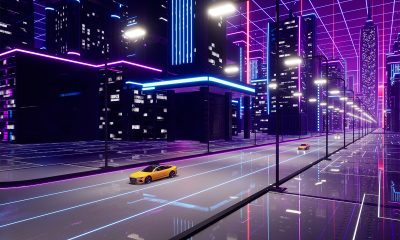
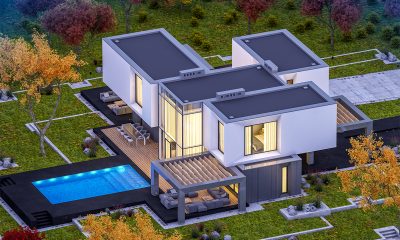

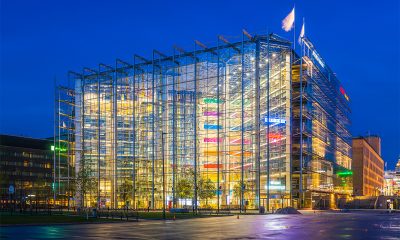
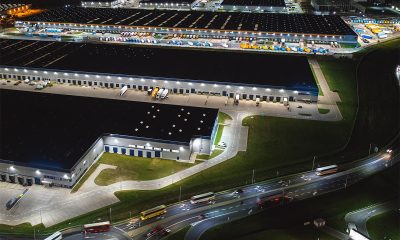

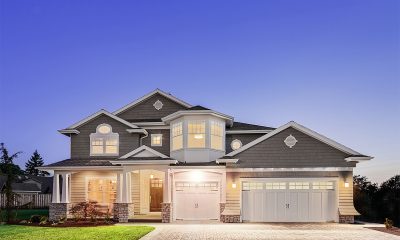
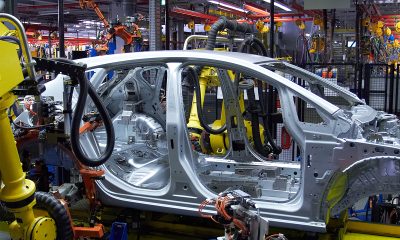
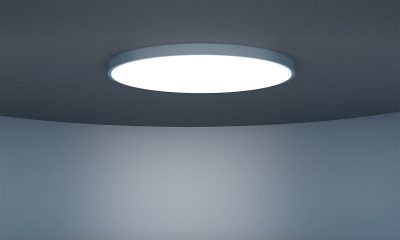





Loading...